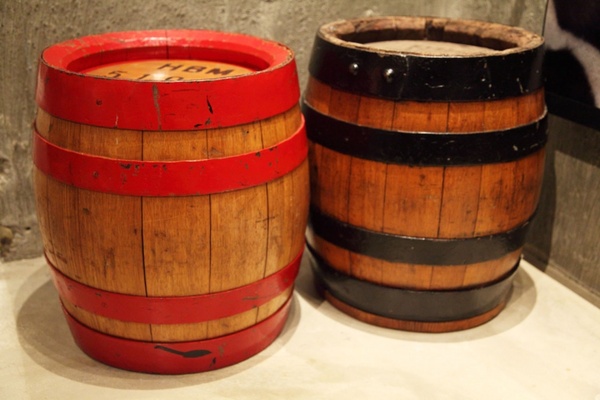It happens a lot. I am asked to help someone find a wine style they enjoy. Most frequently it’s a chardonnay they had once. They usually start by saying it tasted different from other chardonnays, “It wasn’t sweet, tangy or oaky. It was almost creamy and buttery.”
Most are describing the aromas and tastes of a wine that has undergone malolactic fermentation. To understand malolactic fermentation, it’s best to start at the beginning. The winemaking process begins with converting sugar to alcohol with the help of yeast. Eventually there is no more sugar for the yeast to feed upon, at which point malolactic fermentation begins.
For centuries it was regarded as one of wine’s mysteries. Cellar masters noticed that their wines changed after the initial fermentation into smoother, more full-bodied, supple styles. For a long time, the reason for this transformation remained a mystery and most winemakers assumed there was simply no way to control it.
In the mid-20th century however, Frenchman Pascal Ribereau-Gayon discovered the transformation was the result of a culture of lactic acid bacteria. Basically during this mysterious time the wines were naturally converting their lactic acid (harsh green apple acids) to malic acid (soft milk acids).
However, malolactic fermentation isn’t desirable in every wine. While its true red wines will almost always undergo the process, adding smoothness and complexity, Sauvignon blanc, with its natural fresh, zippy taste, would lose its appeal if it were to become a soft, full-bodied wine. It’s simply not the flavor profile of the grape.
Chardonnay, on the other hand, is a different grape that loves the added complexity of “malo.” These are the wines often described as having aromas of butter, butterscotch, milk, caramel, nuts and vanilla.
THE VALUE
- 2014 Bogle Vineyards Chardonnay, California (about $14 retail)
THE SPLURGE
- 2014 Matchbook Chardonnay, California (about $15 retail)
